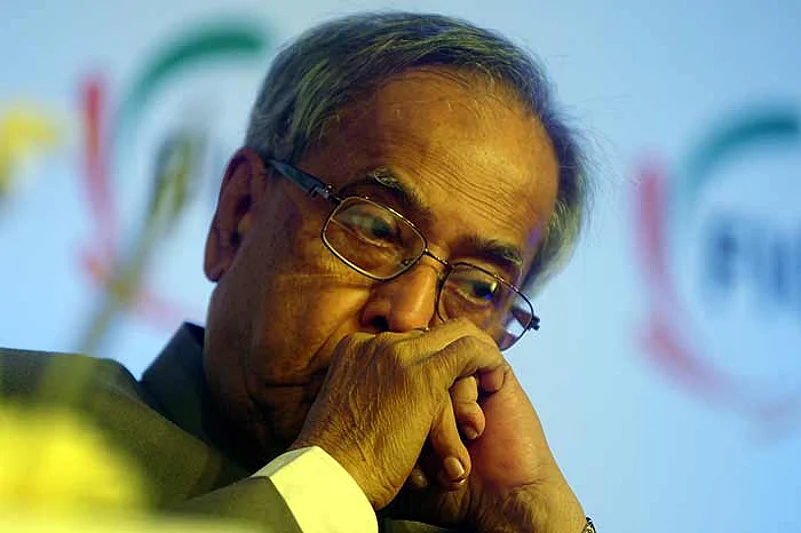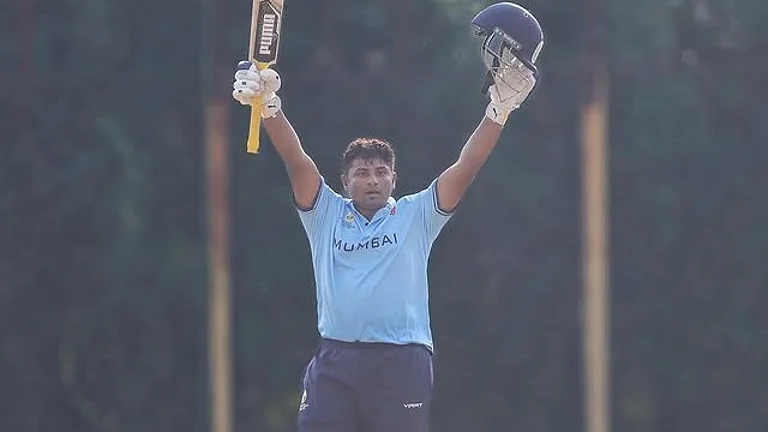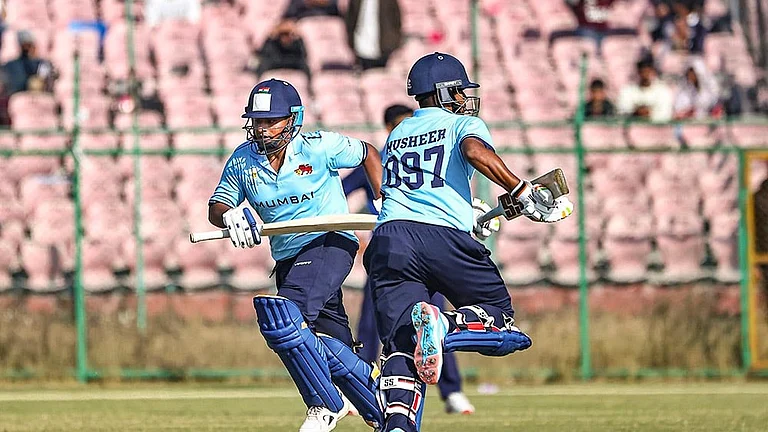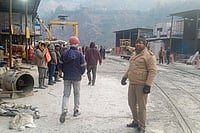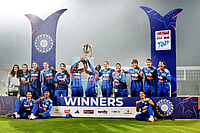| What they say about inflation... | ...And what it means | |||
| RBI | Watching it closely, will reduce via interest rate hikes | …RBI can only influence a section of economy, not all prices | ||
| Govt | Global factors driving inflation, RBI should stop raising rates | … Supply factors within govt control haven’t been tackled | ||
| Industry | Rate hikes have lowered credit access, dampened investment | … Ignores policy bottlenecks and overemphasises RBI action | ||
| Consumer | Hit households eating into savings to maintain lifestyle | …Consumers now believe inflation here to stay, fuelling it further | ||
Elephant, lion, tiger, phoenix—the faster India grew, the more exotic it was painted as. But inflation—which rose faster than ever last month and is close to 10 per cent, way above the ‘comfort zone’ of 5 per cent—is proving to be a great leveller. Just like in the rest of Asia and Europe, price rise in India has resisted the government’s interventions so stubbornly that we’re back to debating the old trade-off between growth and inflation.
The difference is, this time no one—economists, political scientists, the Reserve Bank of India, not even the government’s economic advisors—seems to agree on what will slow the steady upward march of prices, or when. Last week, the central bank hiked, for the 12th time since March 2010, the interest rate at which it lends to other banks. This has been the key response against inflation till date, and is often described as a “textbook case” of trying to dampen demand through monetary policy. If demand is successfully lowered, it is expected, any escalation in prices caused by supply constraints will be curbed.
The thing is, we don’t know if this strategy has worked—yet. The central bank expects inflation to peak in December 2011. But for now, what we do know, Dr Samiran Chakraborty, regional head of research, India, with Standard Chartered Bank says, is that rate hikes by RBI control only part of the “inflation problem”—the part that is contributed by organised and unorganised manufacturing. One consequence of this is the growing impression that the RBI’s efforts have slowed investment, and are lowering growth without tackling the price rise—that it’s all pain, no gain.
Right after RBI’s latest hike, the government bought time. Finance minister Pranab Mukherjee said it would be seven months, until April 2012, before prices start to ease. Till then, expectations of a further escalation in prices, particularly of food, remain high. emis on home loans too are set to see a rise. The chief economic advisor to the finance ministry, Kaushik Basu, stepped into the flurry, first with a paper (published in personal capacity) in August, followed by public statements that there is no “black-or-white” solution to the inflation conundrum. Pranab also recently said that there are signs “of growth (getting) affected by monetary tightening”.
That said, another rate hike by the central bank cannot be ruled out—considering it is the only tool in the official inflation-fighting arsenal that has been pulled out so far. If the absence of measures from the UPA government is one part to the problem, government action like the recent hike in petrol prices by Rs 3.14 per litre (which will fuel further inflation) compounds it further. The hike, it is being said, has been dictated more by international fuel prices than by New Delhi, but intent and timing are key attributes in any political economy.
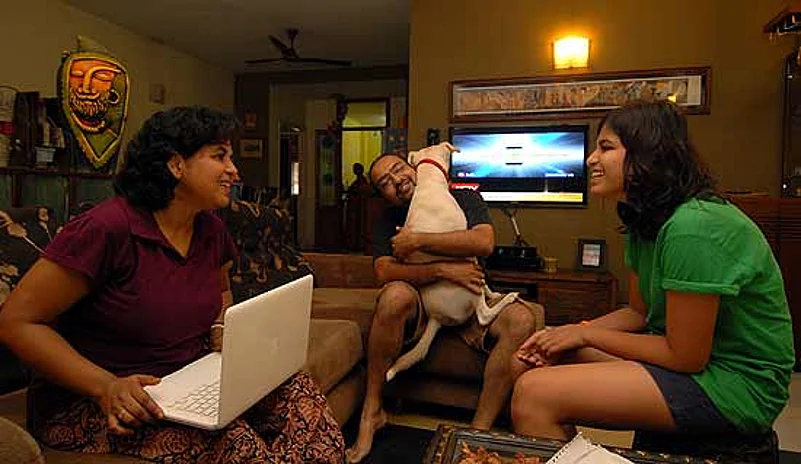
Sehba Imam, Gurgaon, Independent writer
Sehba Imam (left) and her husband bought a large town house in Gurgaon with a hefty loan three years ago. When interest rates rose last year, suddenly their EMIs started to seem overwhelming. Unwilling to pay the high interest component in the repayment of their loan, the couple has decided to sell their dream house and move to a more affordable, smaller place. “Someone sold us a lifestyle, but we were paying more than it’s worth,” she says.
As a former top government official says on condition of anonymity, “If the government promises inflation will decline but it doesn’t happen, it loses credibility. The issue is policy flux—you can’t import grain, sugar or onion one day, and export them the next day. Now if you release FCI stock regularly, that would beat inflation,” he says.
The assumption behind the search for other solutions to rising prices is that RBI’s policy hikes alone shouldn’t be expected to do the job. “This would be the time for the government to unveil the many other price-control options it has, such as curbing its own expenditure, raising taxes and selling the grain hoarded in official granaries...an entire range of decisions that hasn’t even been considered,” says economist and commentator Dr Ashok V. Desai. Many economists, including Desai, believe that central bank rates do not influence inflation; there are far too many factors at play, from international crude prices to poor management of food supplies, to global fears of a ‘double dip’ recession and poor sentiment in industry.
Other economists disagree: the central bank does have a key role, but that by itself cannot do the trick. “Whatever RBI could do, it has done. Further interest rate hikes will ultimately hurt growth,” says Dr B.L. Pandit, RBI chair professor at ICRIER, the Delhi-based economic think-tank. “It is clear that well-known policy constraints, coupled with inter-ministerial bungling, are the real reason inflation is persisting,” he says. Dr Pandit is critical of the September 21 decision of the empowered group of ministers on food headed by finance minister Pranab Mukherjee to reallow exports of onion. “There’s no clear sense of who ultimately is taking these decisions, except, unfortunately, individual ministries.”
The usual excuse to not take immediate steps to control prices—such as removing the multitude of middlemen in the food supply system where price rise has concentrated—is that it would be politically sensitive. “What’s really ‘politically sensitive’,” retorts political scientist Yogendra Yadav, “is price rise itself.” “It really is a puzzle,” says Yadav, referring not to the ever-spiralling prices, but to the government’s “inaction” on tackling it. “Price rise has consistently been the top issue on any Indian’s mind. If the political class no longer takes action against it, they must lack political rationality. Self-interest is something you cannot accuse them of,” he says.
Why the debate is picking up now, some say, is because there are early indications that inflation no longer impacts only the poor, though they are the worst affected by it. Even the relatively better-off are finding it tough to handle three years of near-continuous inflation. Given that growth is dipping—pegged at anything between 7.7 and 8.1 per cent (for 2011-12)—it remains incalculably opaque how far incomes will keep rising in step with prices.
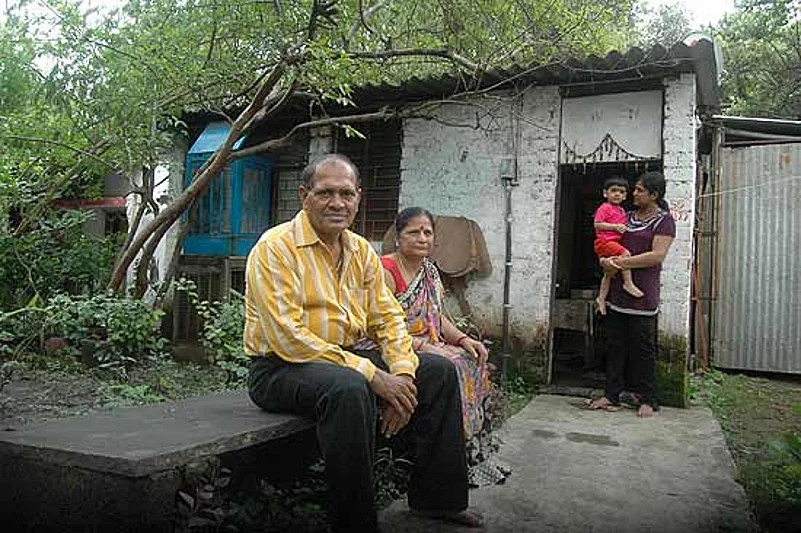
Photograph by Vivek Pateria
Ashok Mallick, Bhopal, Retired BHEL employee
Recently retired Ashok Mallick is in a fix. The former senior technician has to vacate bhel quarters soon, but has no alternative. “I planned to buy a house with my retirement benefits. But the price of an lig house costing Rs 8 lakh four years back is now Rs 18 lakh.” Worse, his pension and gratuity aren’t enough to run his four-member household. “We have cut down to dal and one vegetable,” he says. Mallick is now thinking of liquidating his bank fixed deposits to make ends meet.
Rising prices already seem to be denting India’s otherwise robust savings pattern. Recent RBI data showed that for the first time in 13 years, household savings in bank deposits, pension savings, insurance, mutual funds and stocks declined, from over 12 per cent of GDP to 9.7 per cent, in the last year. True, we could do worse, but there is a sense that inflation has been unchecked for far too long; consumers begin to take high inflation as the new normal. This might work for a while with the middle class, which eats into its savings to maintain lifestyles. But it definitely won’t with the hundreds of millions living below the poverty line.
Dr Rajesh Shukla, who heads NCAER’s centre for macro consumer research, says his studies show that overall savings may be declining. “They will remain intact among top income earners, and shift somewhat at the middle level,” he says. In short, some savings of the middle class will, because of rising prices, move to consumption; the rest will move to savings with better returns such as gold and real estate. (The 35 per cent spike in gold imports in the first half of 2011 points to this, as do rising real estate prices).
Businesses have added to the clamour against prices, saying both inflation and then the counter-inflation measures appear to be dampening investment. Samiran Chakraborty of StanChart says industry may at times link all investment slowdown with RBI’s rate hikes. “They forget that another reason for slowing investment could be some kind of policy paralysis,” he says. “Inflation is multi-faceted—it has many causes—and not all of them are linked. Yet RBI’s policy rate hikes have been the only antidote so far.”
Given all the public hand-wringing by the government’s economic team, the RBI needs all the support it can get in its fight against inflation. At least, the central bank clearly identifies the enemy, inflation, in a country of many poor people. In a few months—though not before April 2012—inflation could well slow down, and we could return to high growth with slower price rise. It’s too soon to tell. And if growth slows dramatically, they may agree that we’ve overdone the antidote.
By Pragya Singh with Lola Nayar






